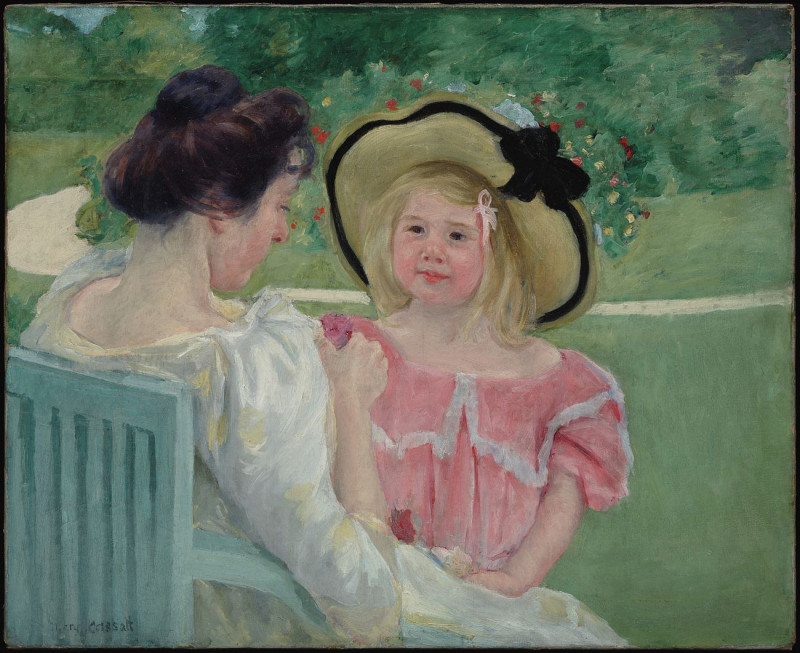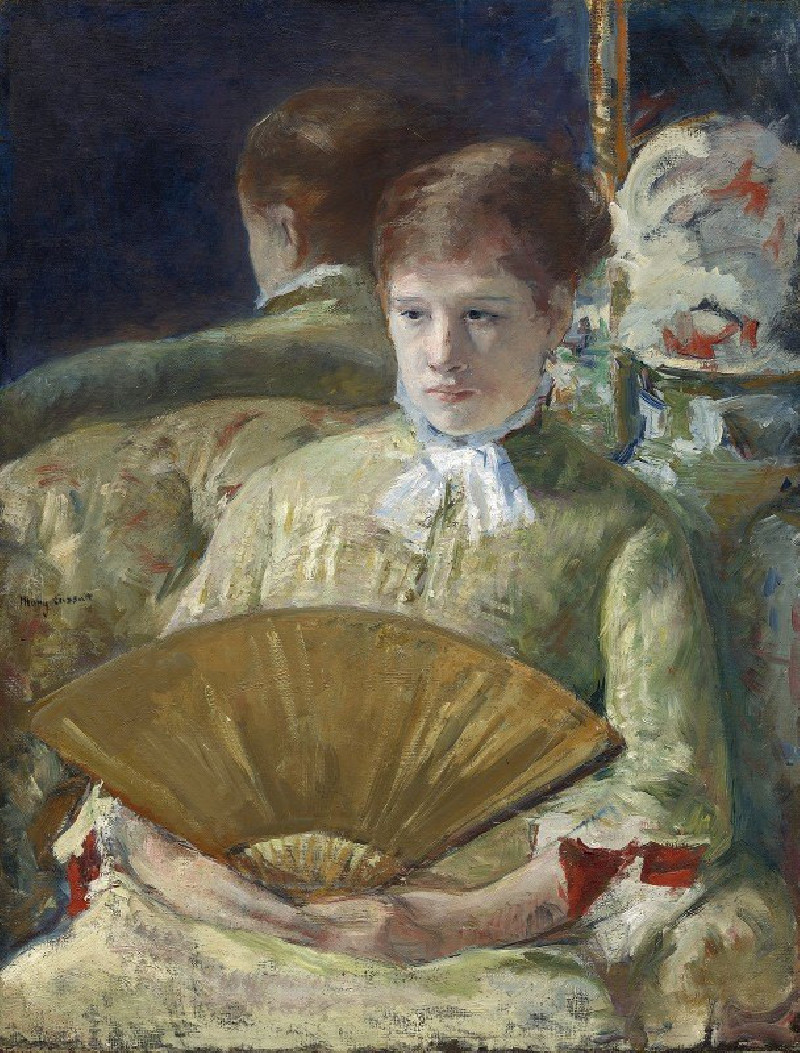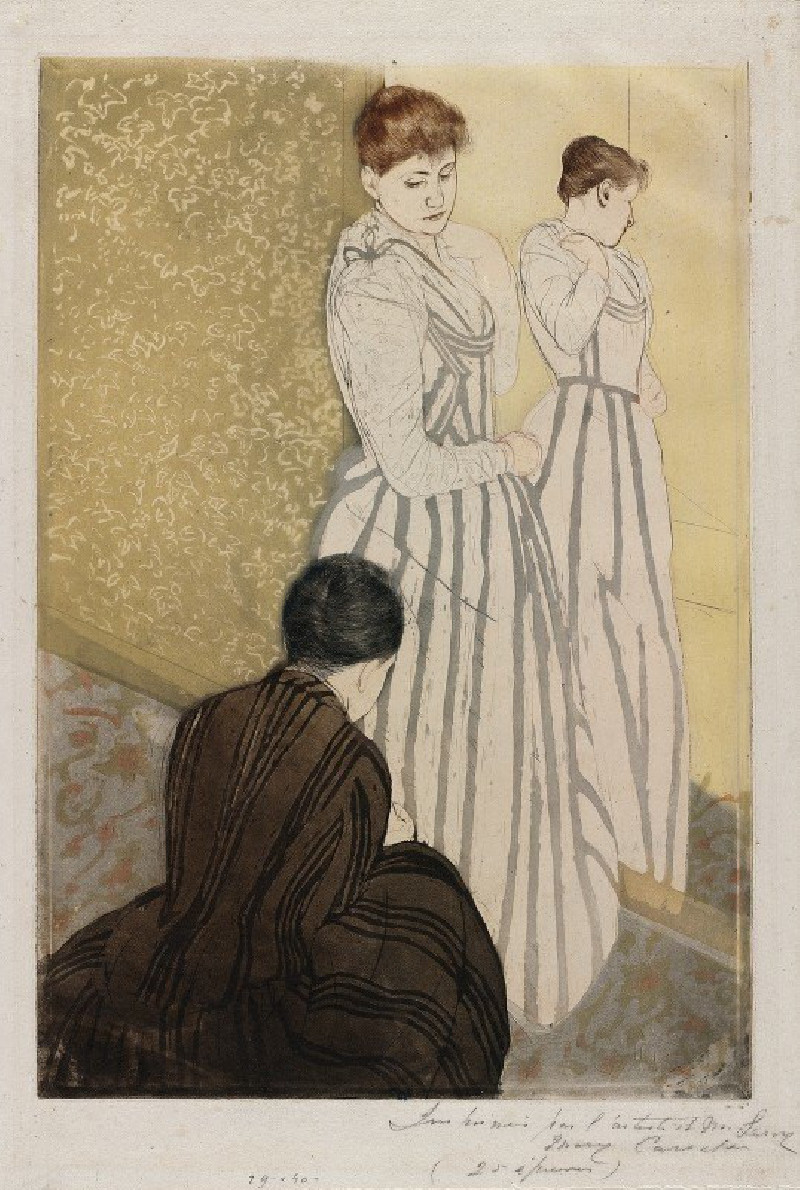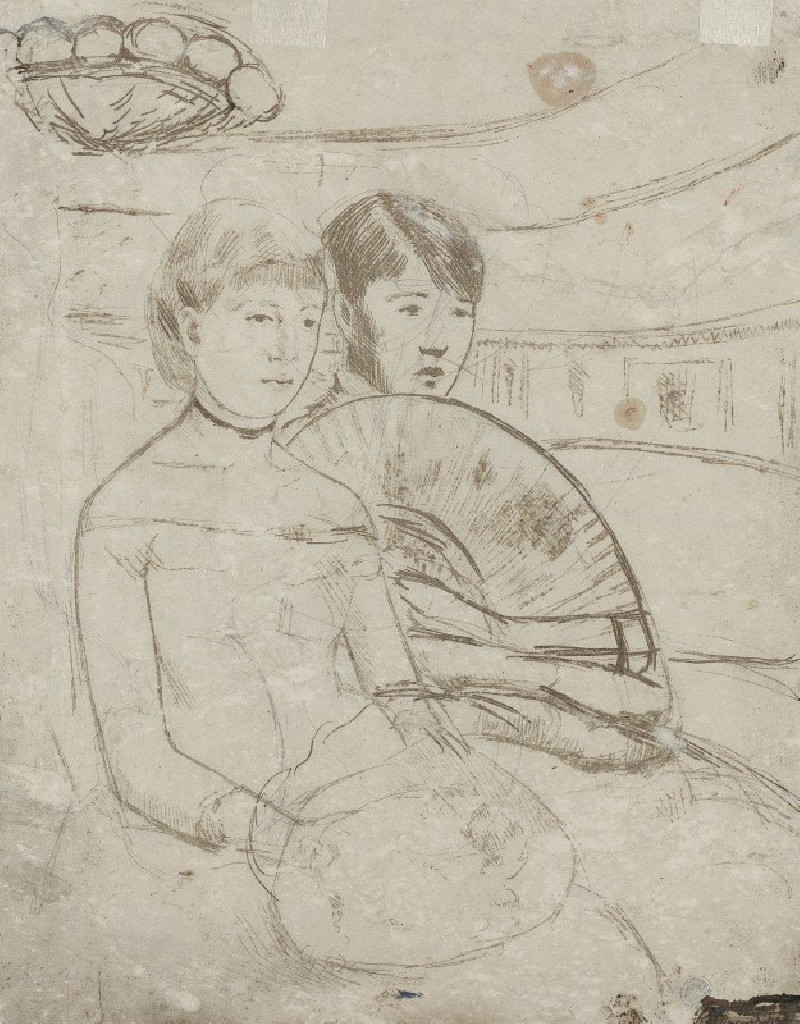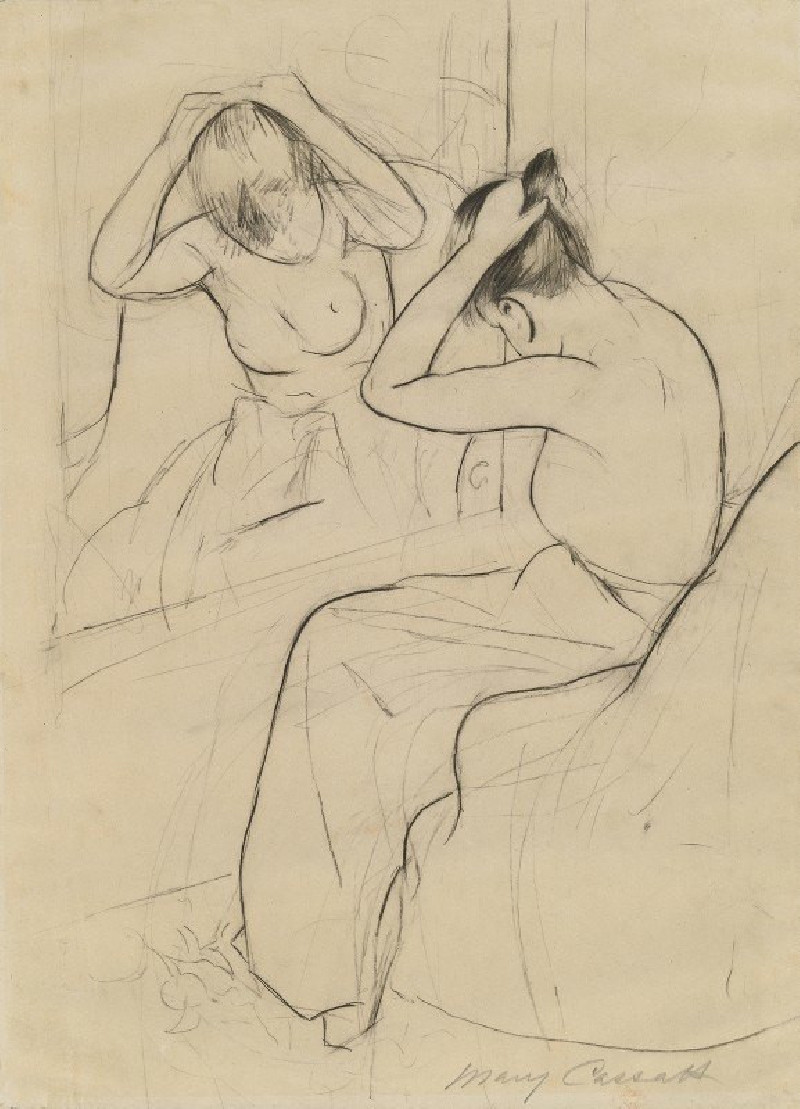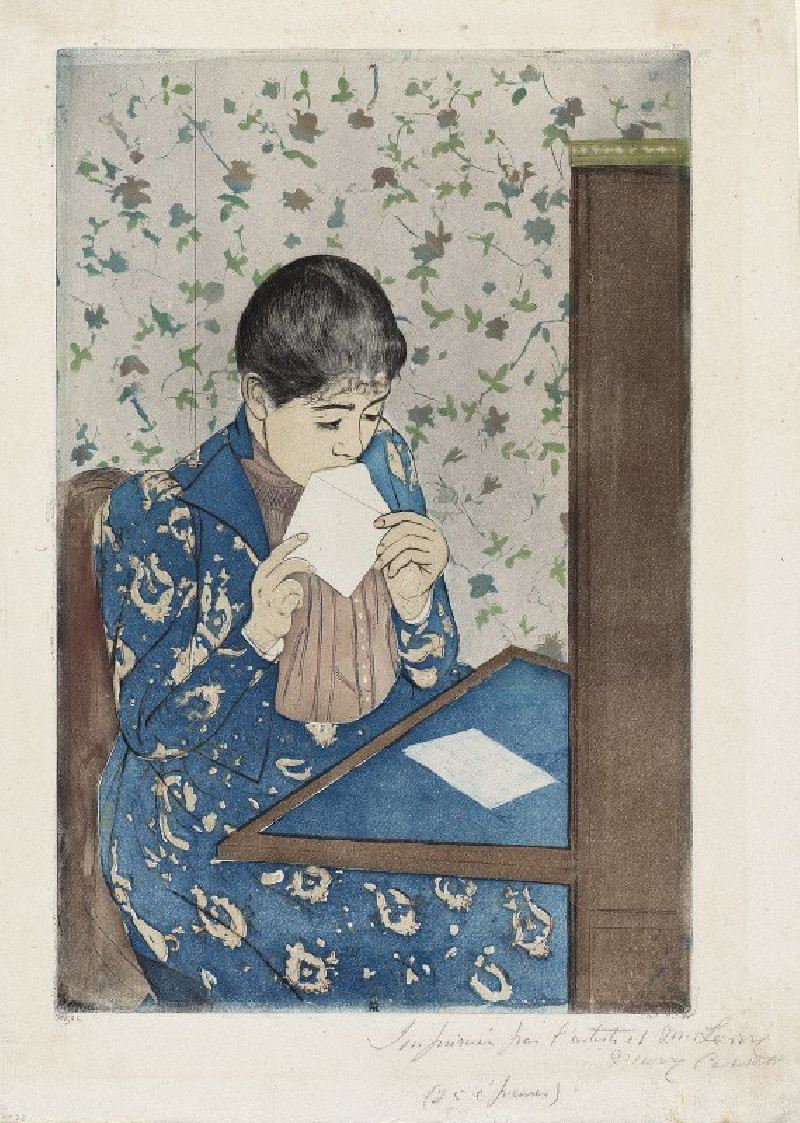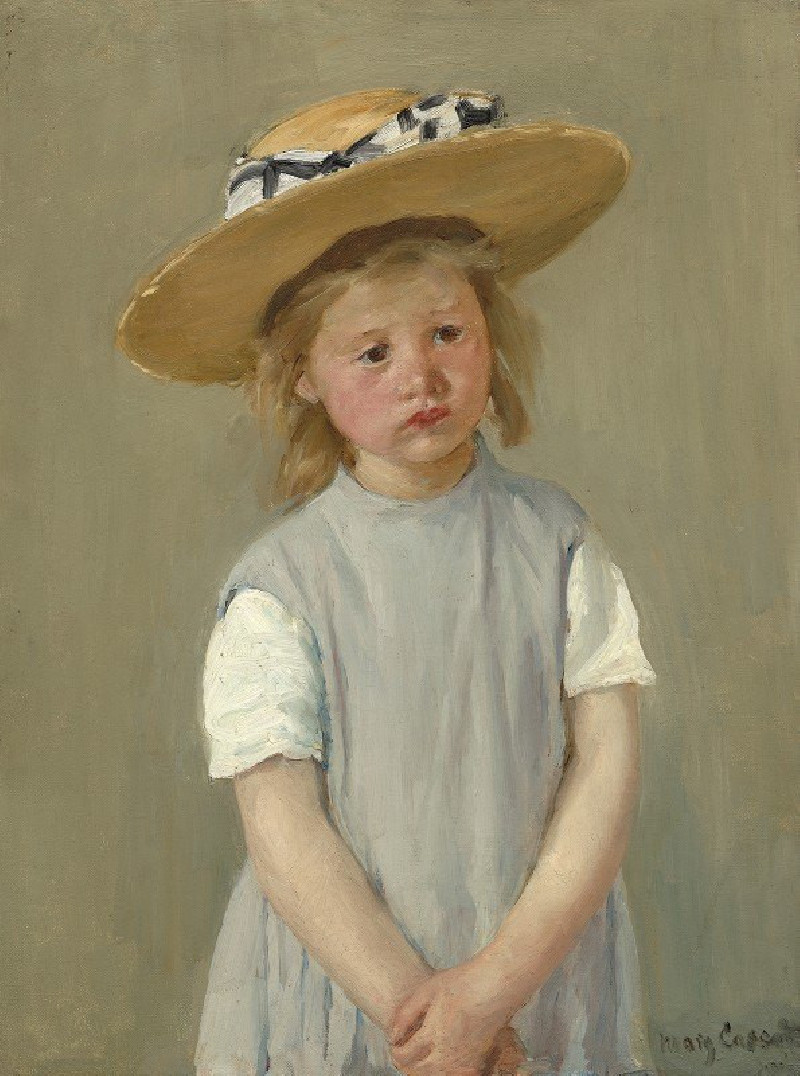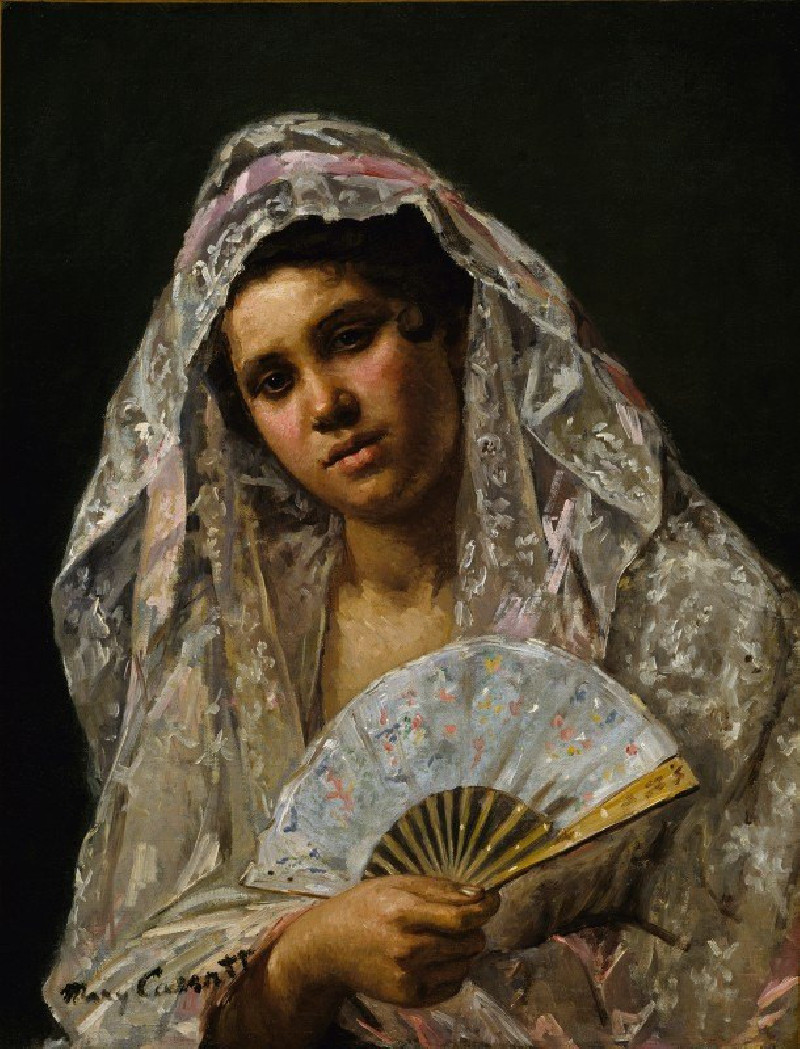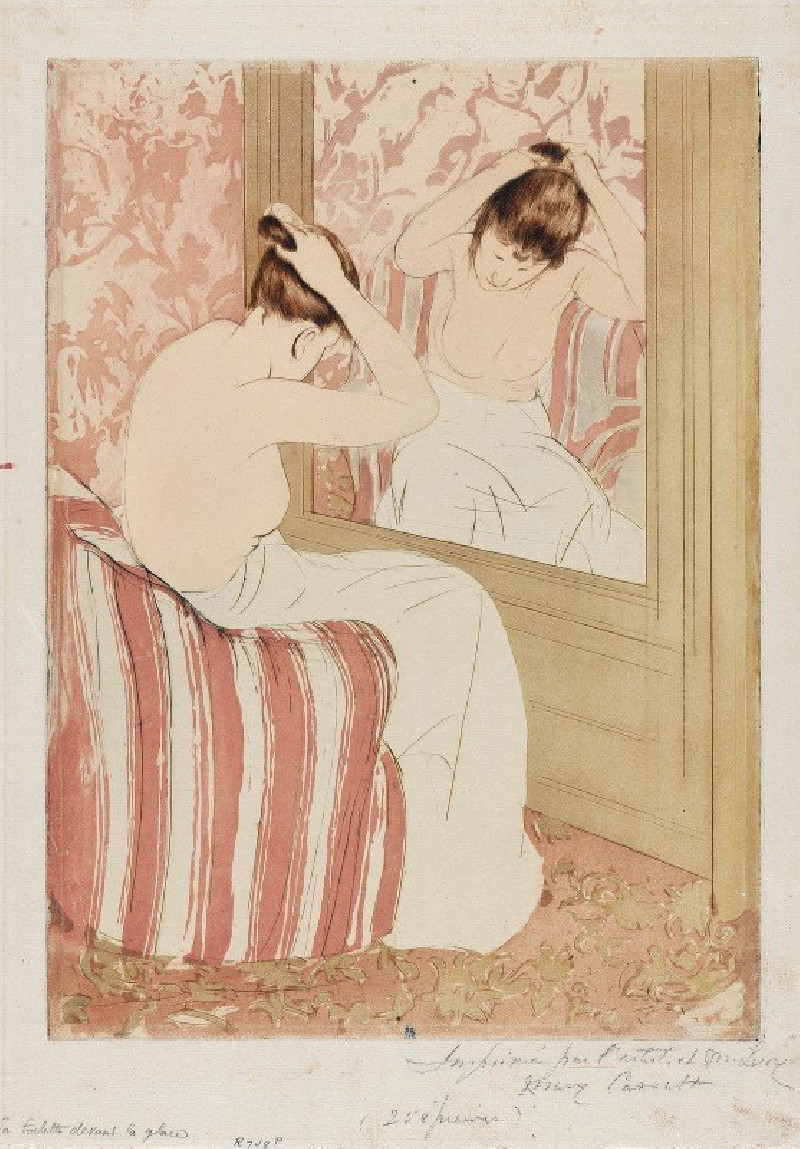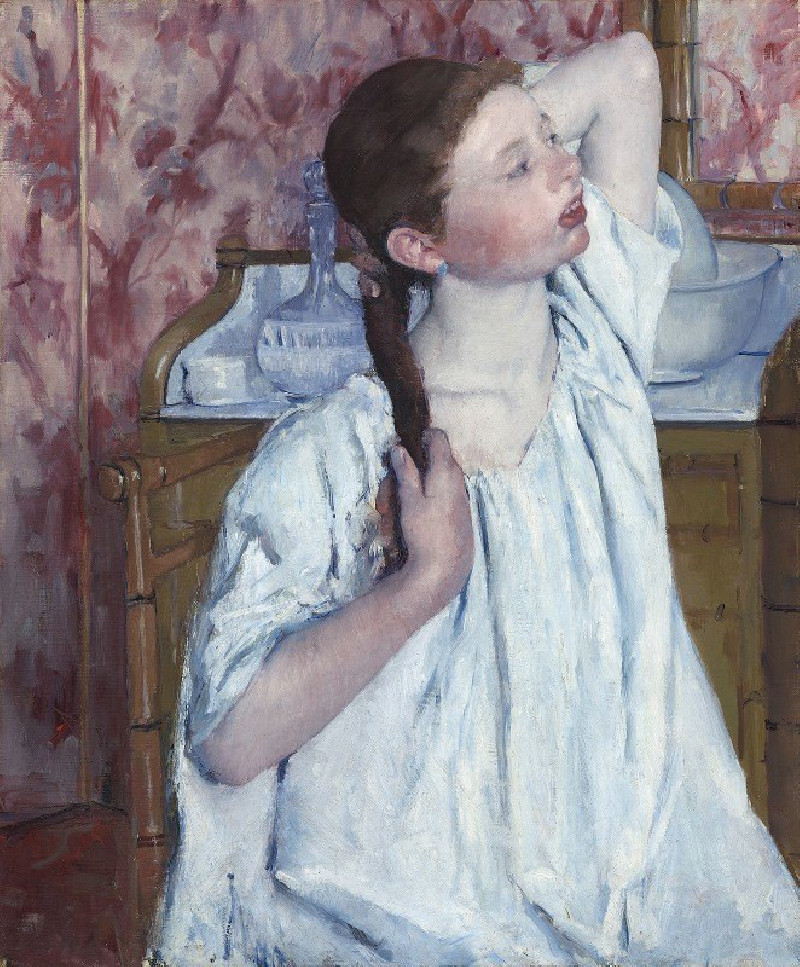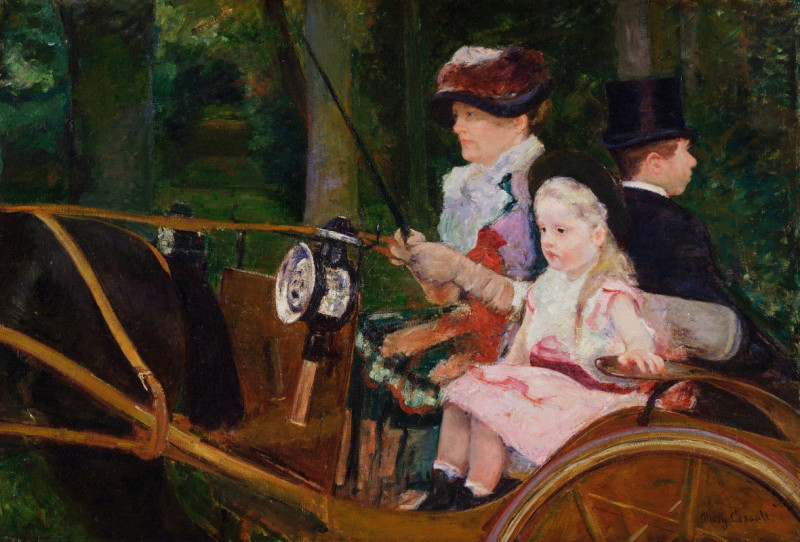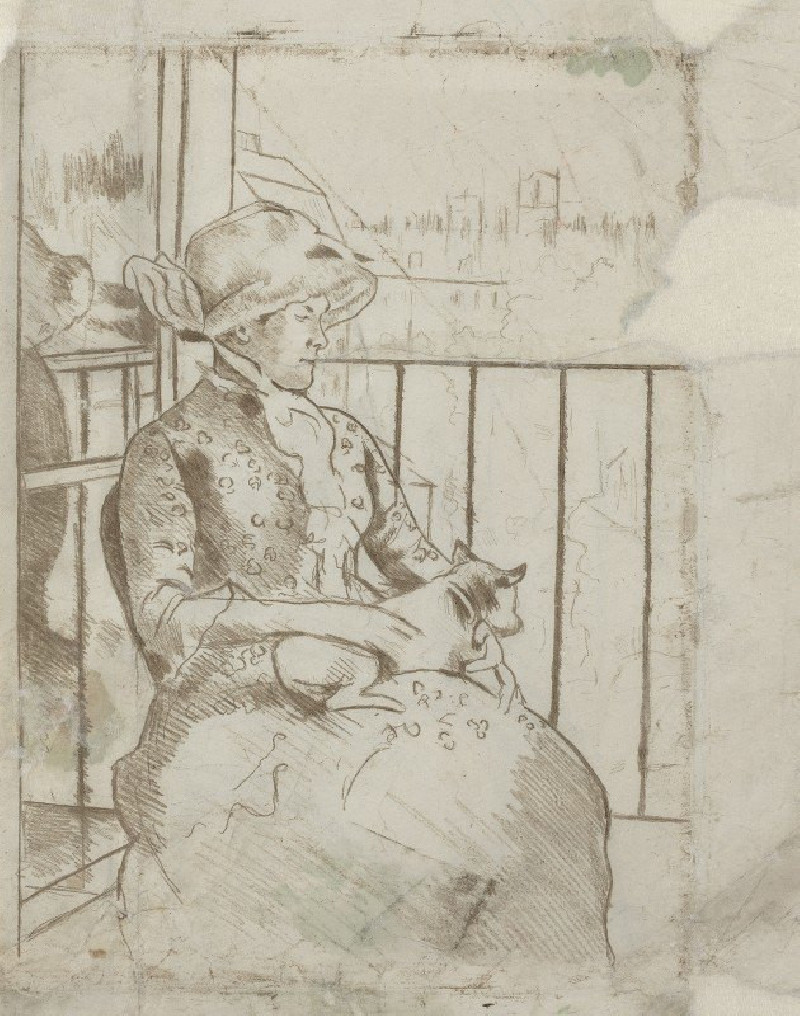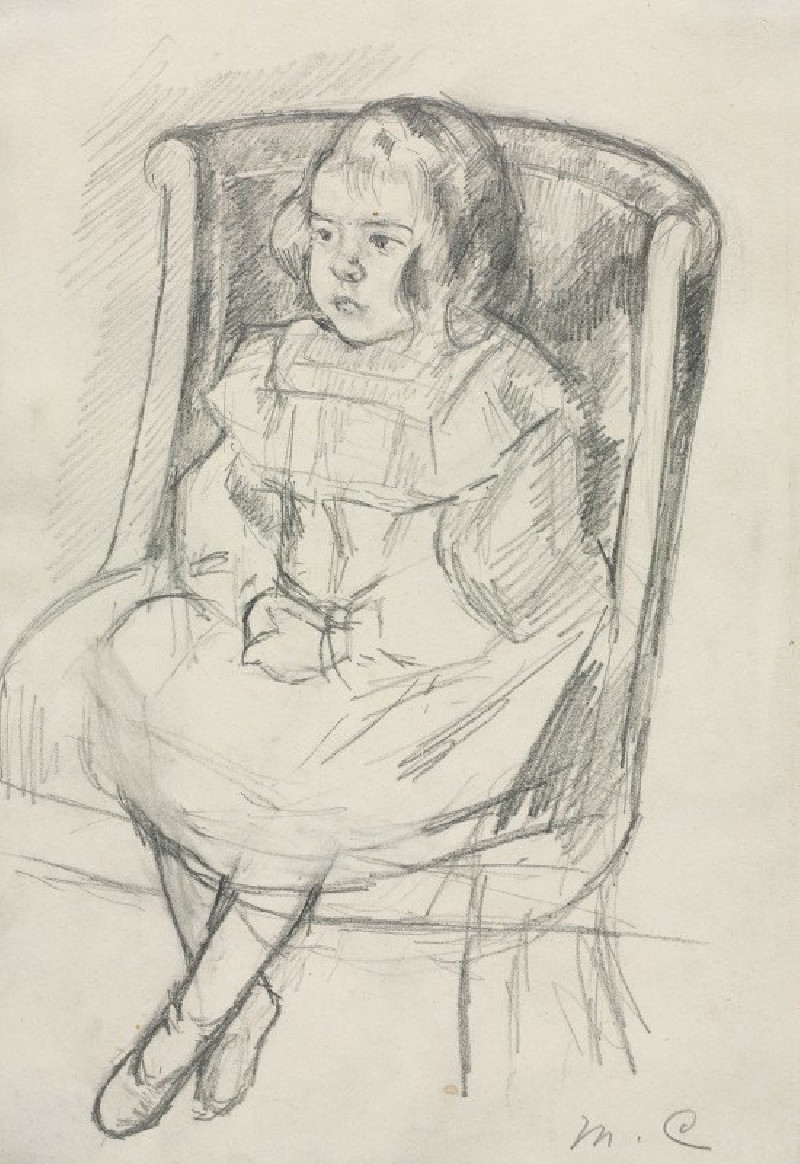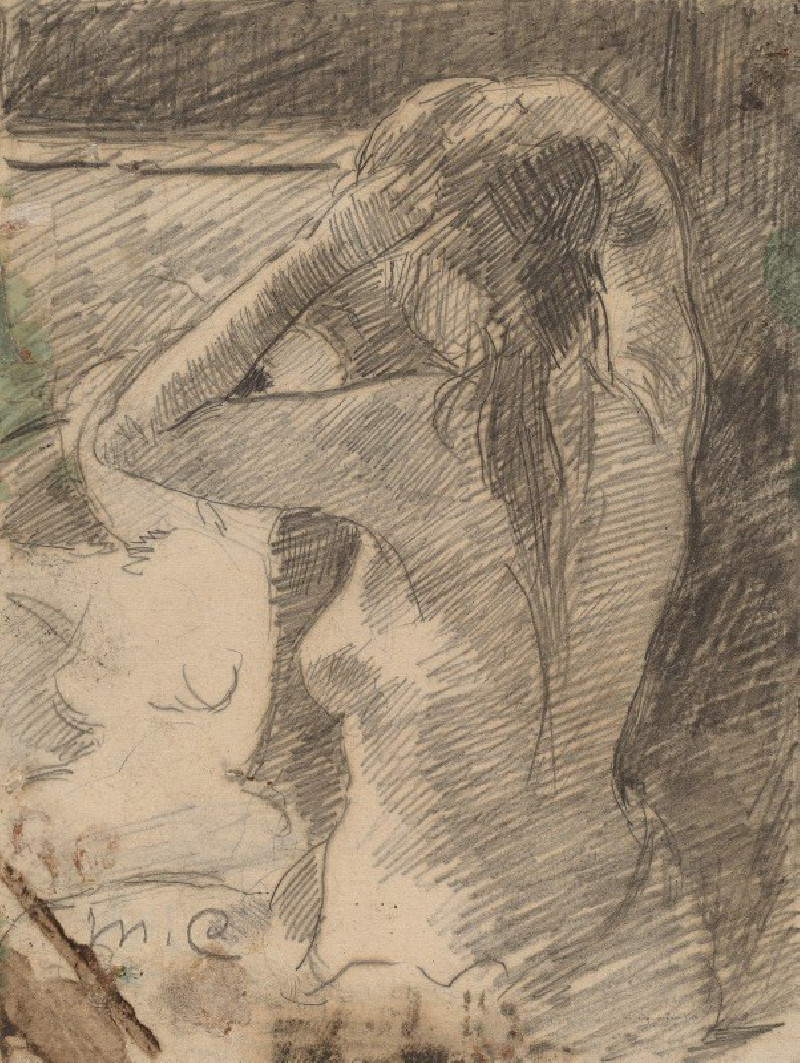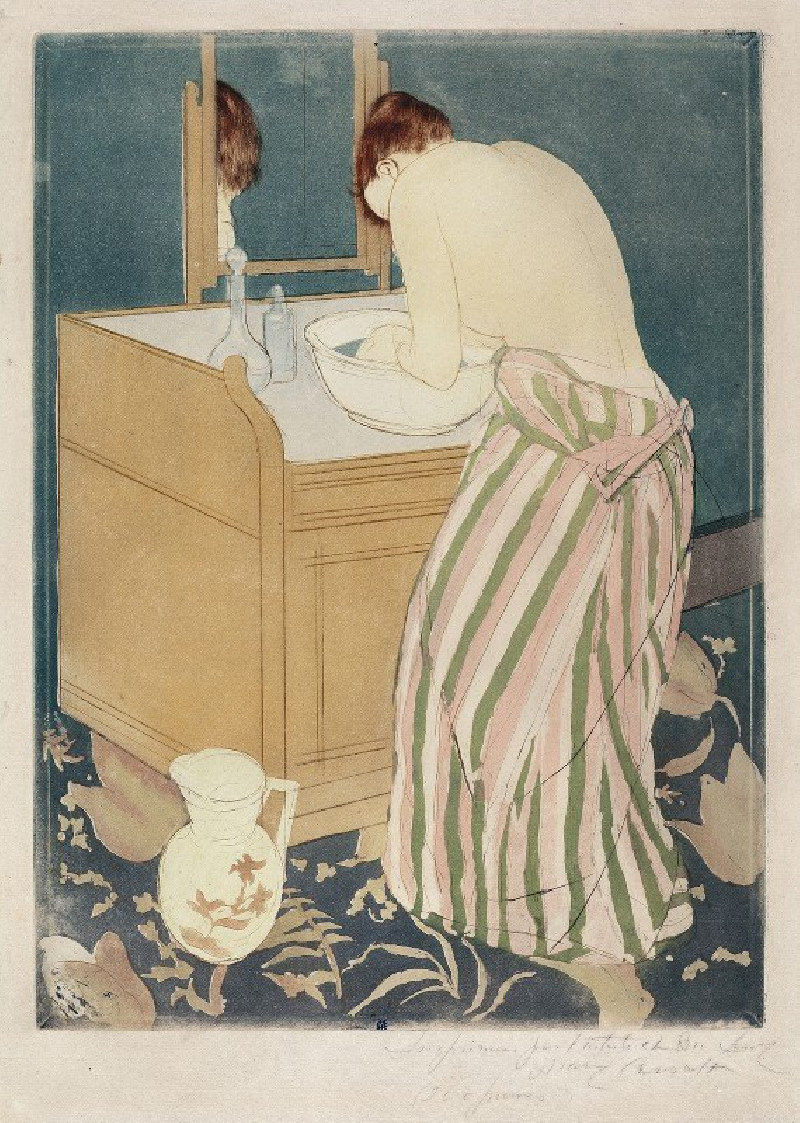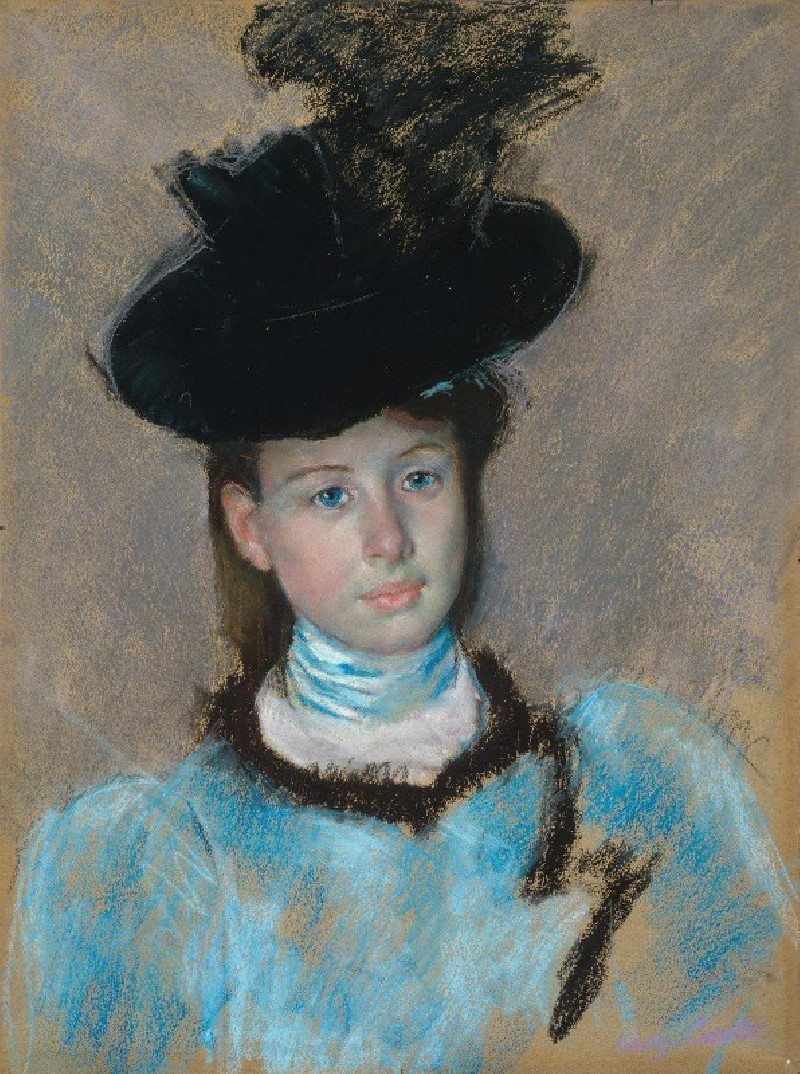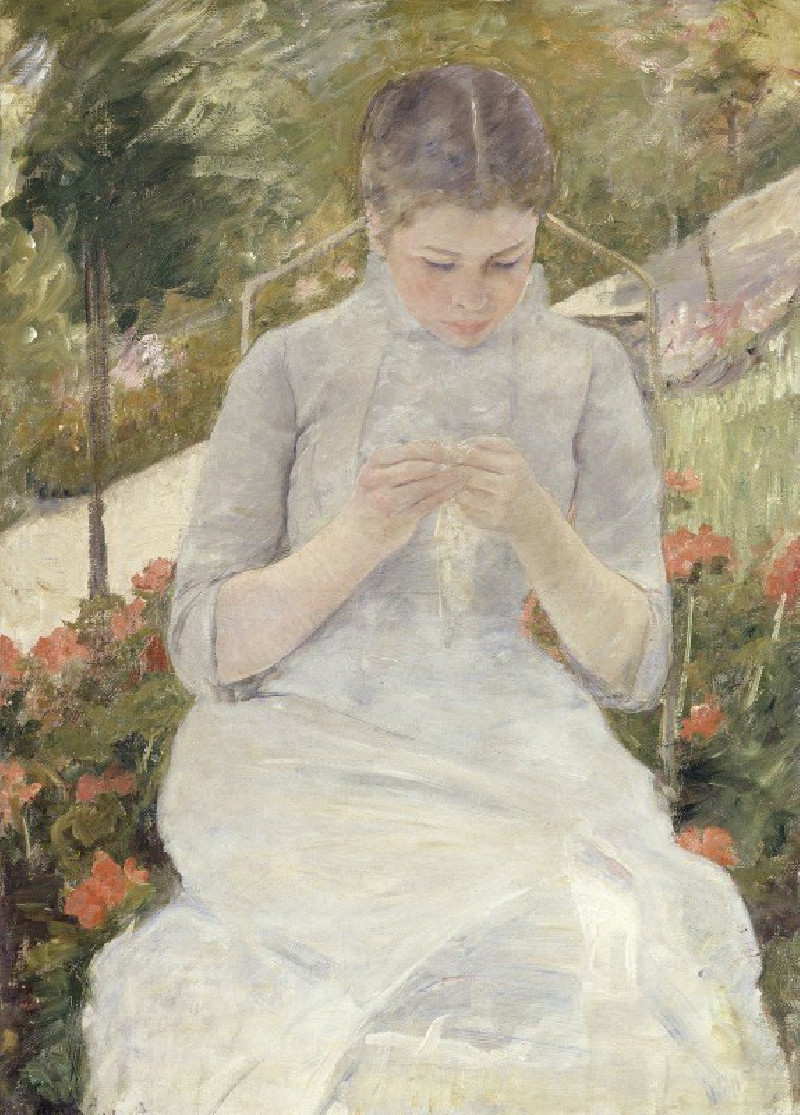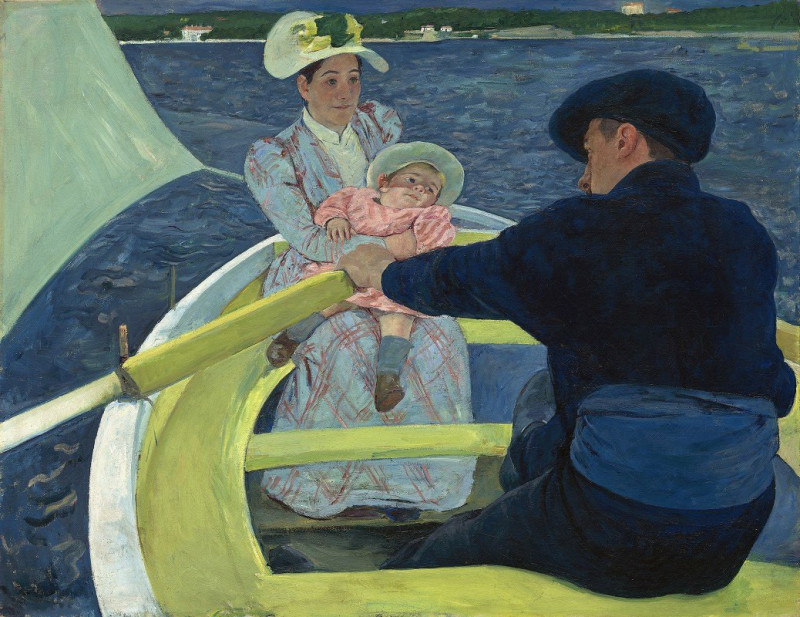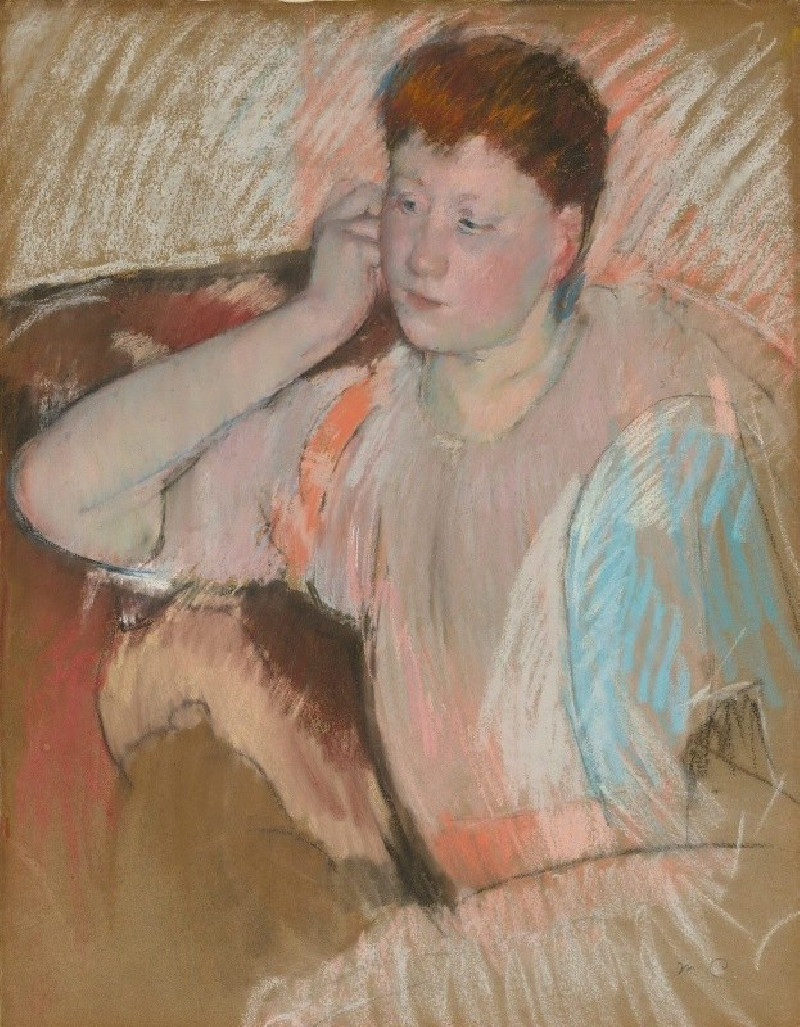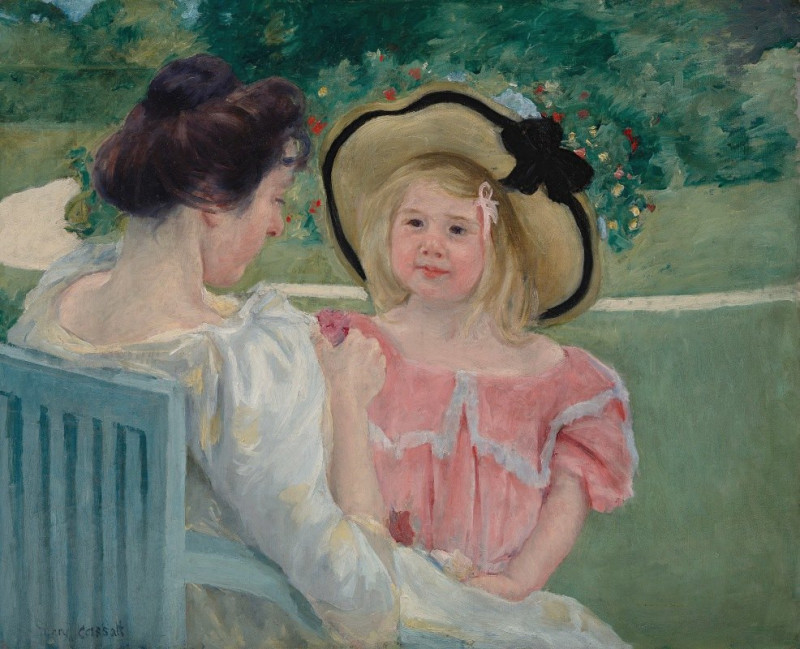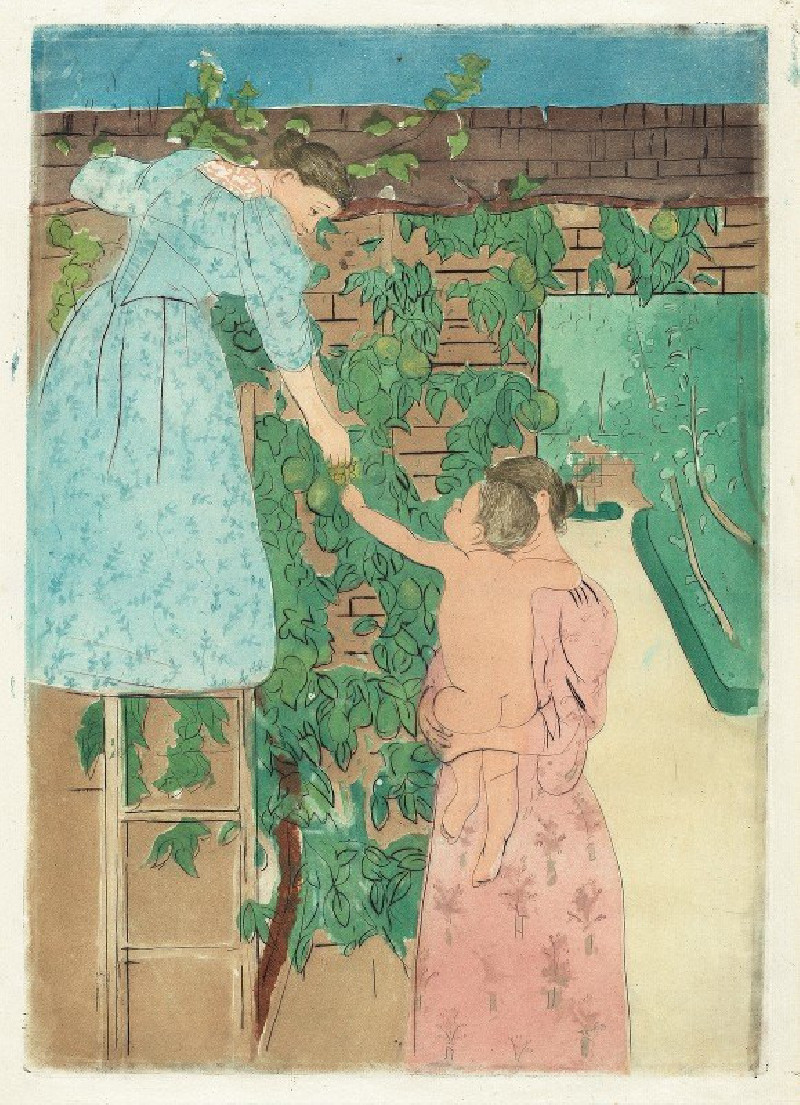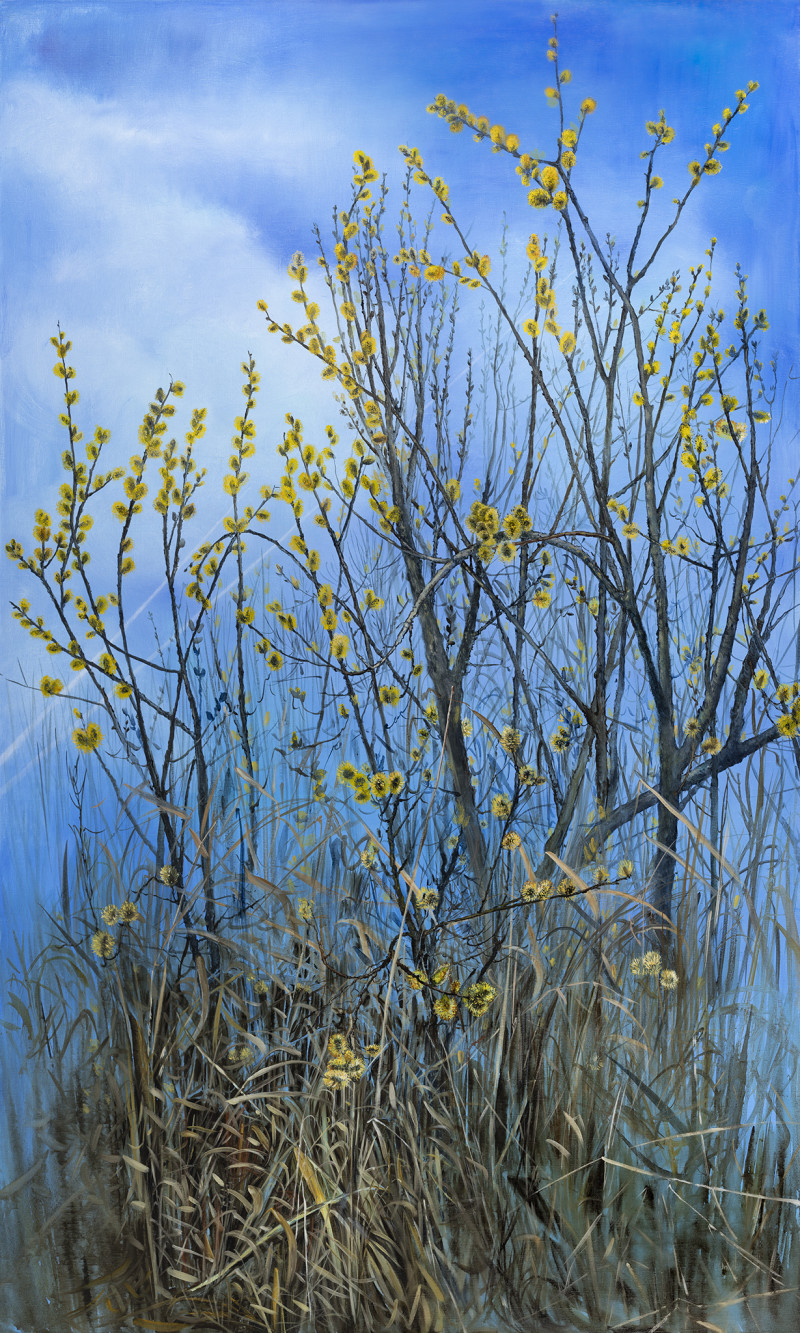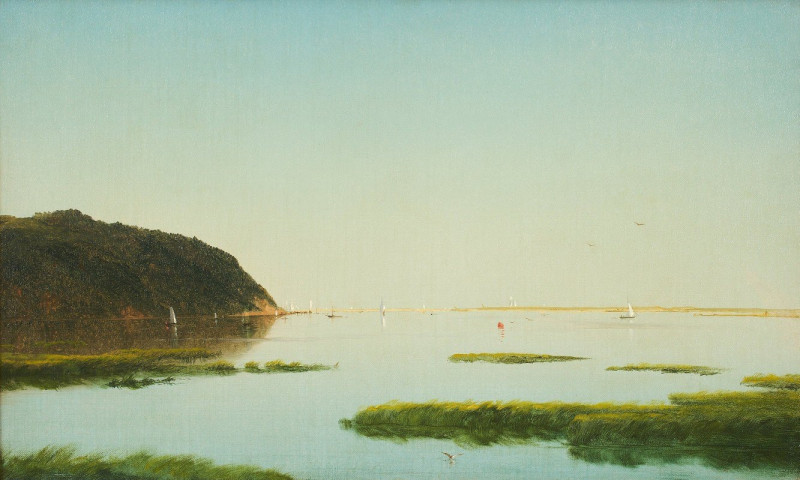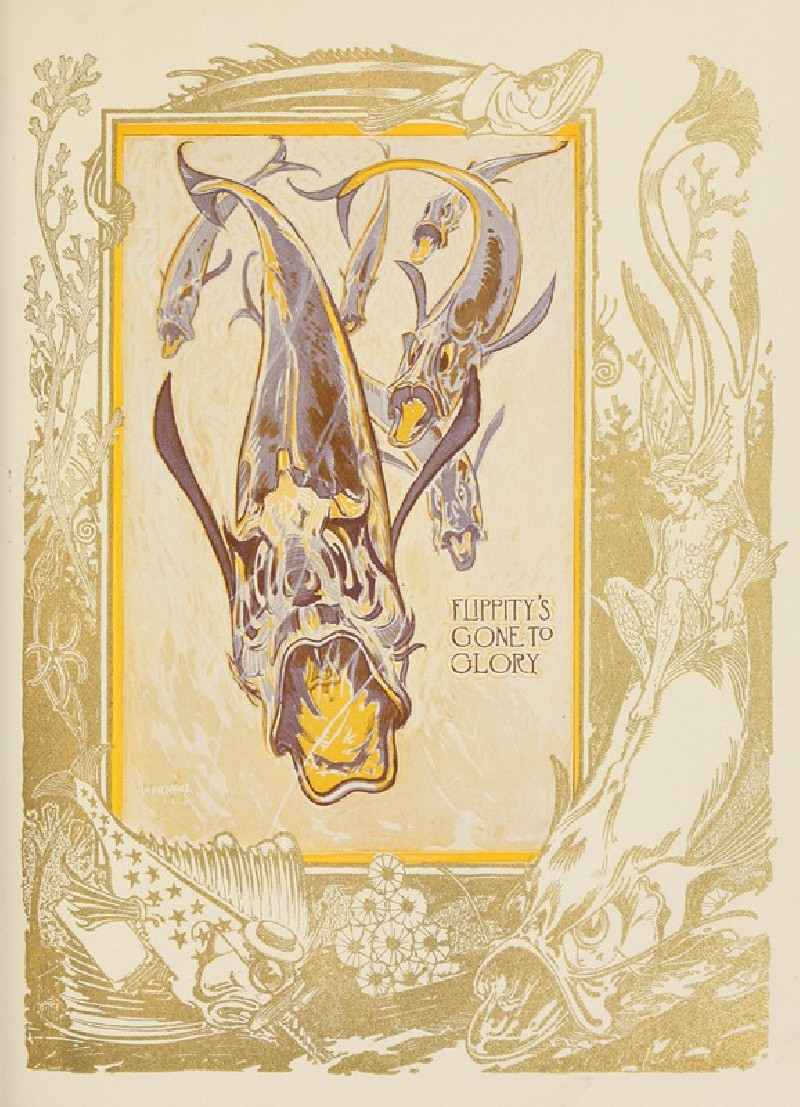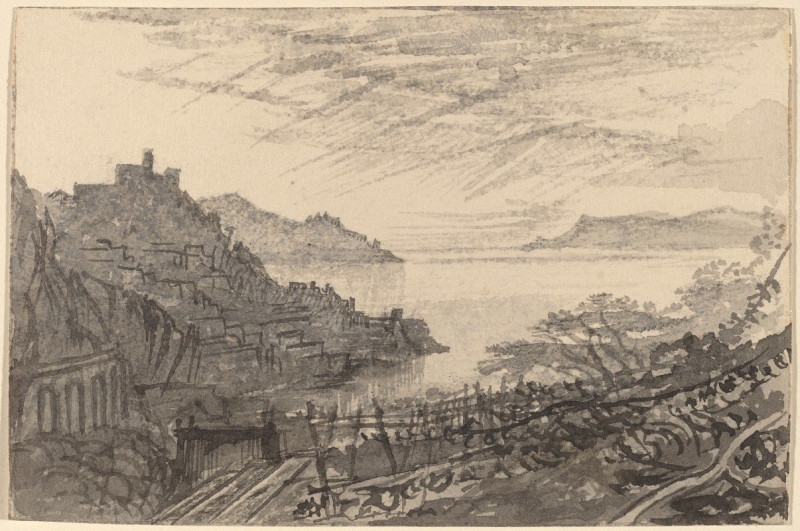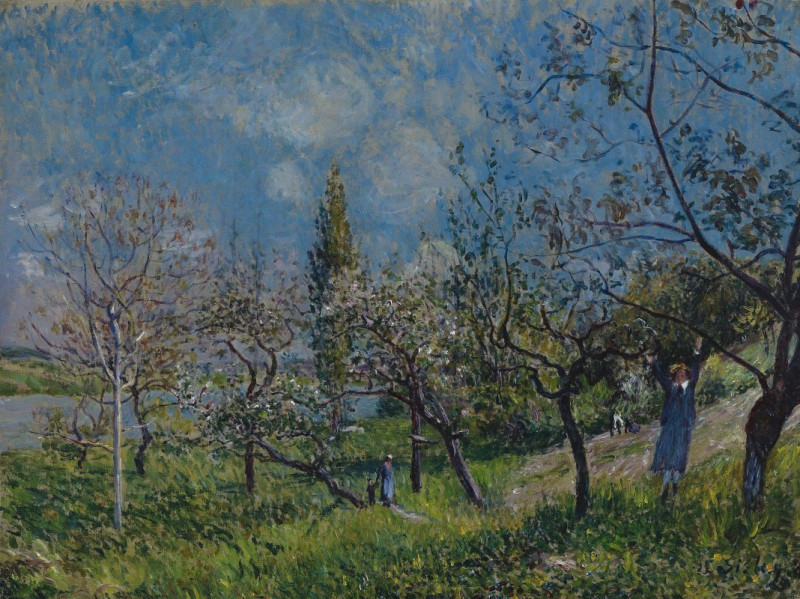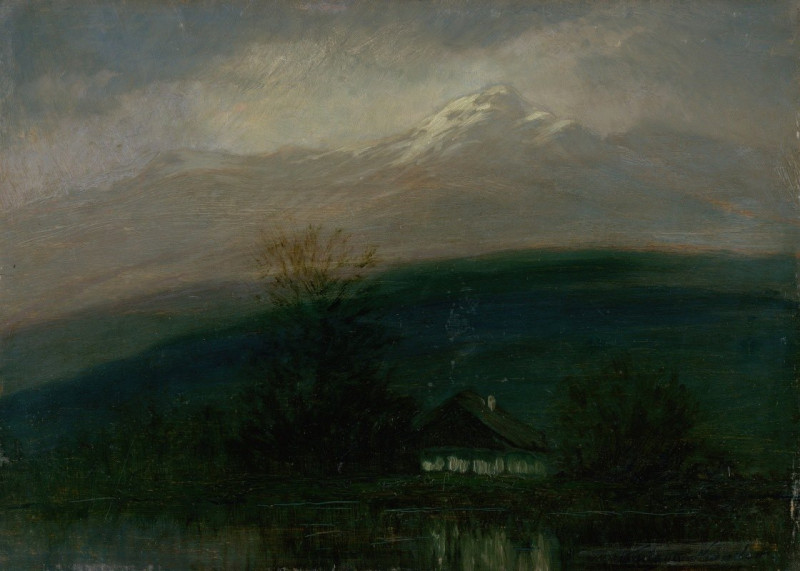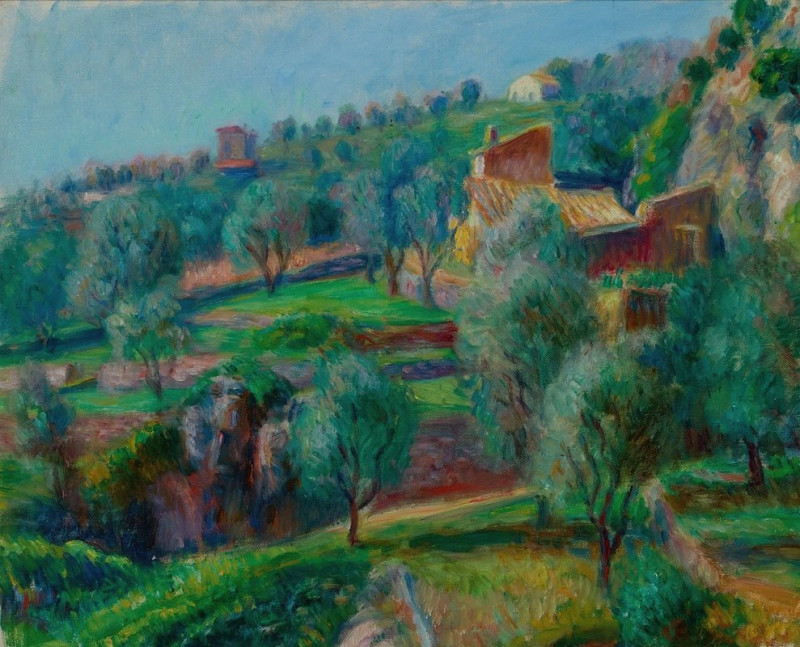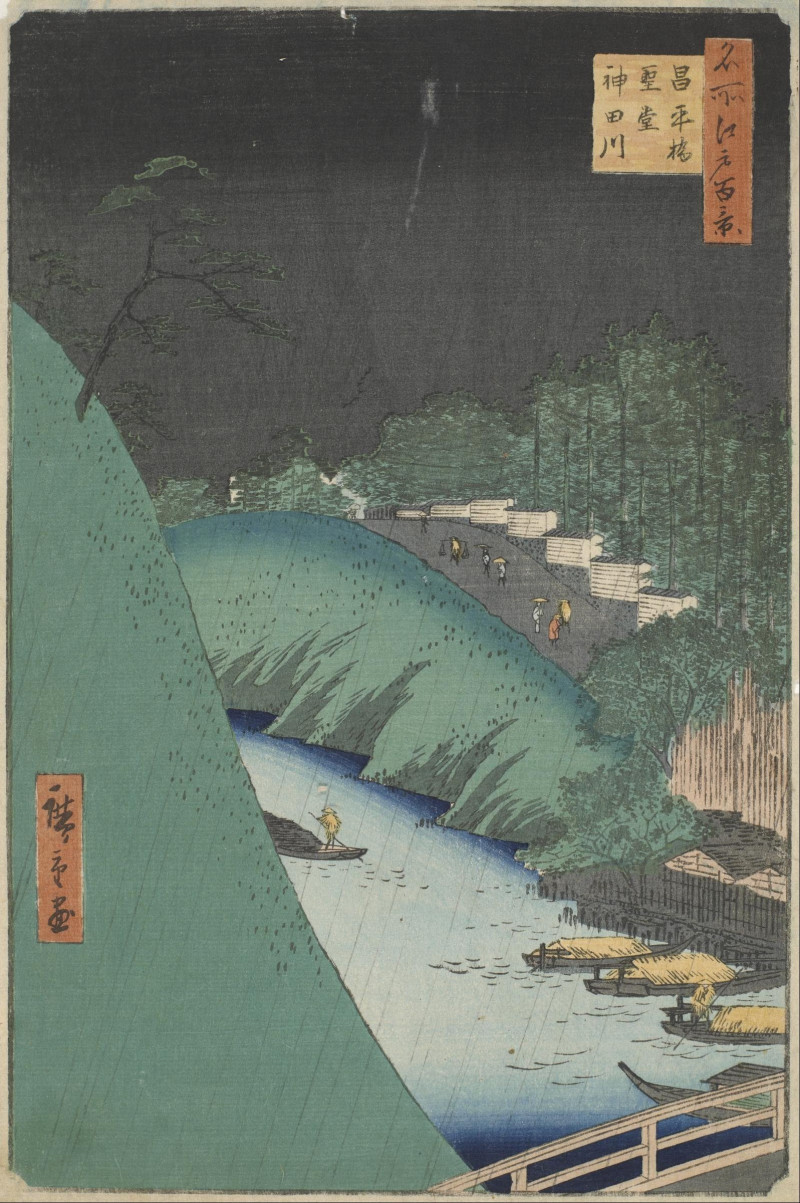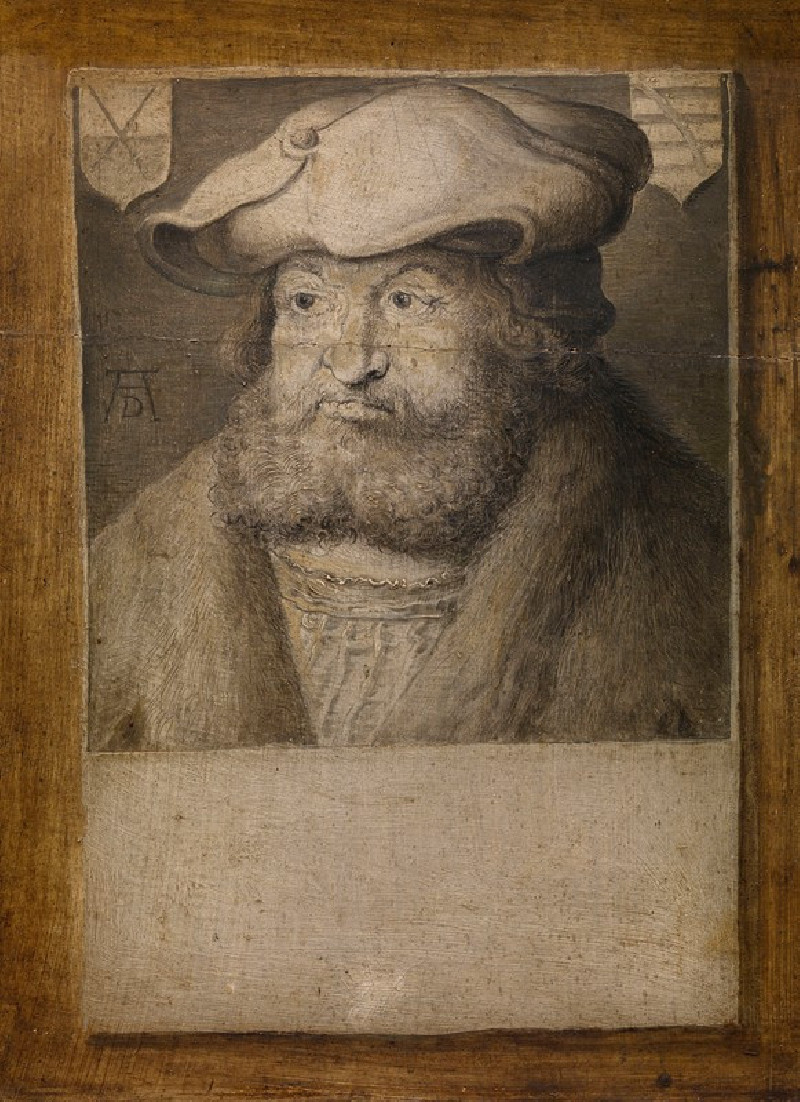In The Garden
Technique: Giclée quality print
Recommended by our customers
More about this artwork
The painting "In the Garden" by Mary Cassatt is a warm and intimate portrayal of a tender moment between two figures, presumably a mother and her young daughter. Set in an outdoor environment, the backdrop is lush with greenery, enhancing the sense of a serene and private space.The older figure, likely the mother, is depicted in profile, facing her daughter. She is dressed in a lightweight white gown that suggests a gentle, breezy day. Her expression, though not fully visible, suggests attentiveness and adoration towards the child.The child, sitting next to her, faces the viewer with a slight smile, exuding a sense of innocence and joy. She wears a charming pink dress with ruffled sleeves and a broad straw hat adorned with a black ribbon, which adds a playful touch to her outfit. Her cheeks are rosy, hinting at the warmth of the garden or perhaps recently playing.Cassatt's brushwork lends a softness to the scene, with loose, expressive strokes that give life and texture to the subjects and their surroundings. The interaction between the figures suggests a moment of quiet interaction, possibly a conversation or a shared observation, reflecting the bond between parent and child.True to Cassatt’s style, there is an ease and fluidity in the composition, with colors and light beautifully capturing the essence of an idyllic moment outdoors.
Delivery
Returns
Mary Stevenson Cassatt was an American painter and printmaker. She was born in Allegheny City, Pennsylvania (now part of Pittsburgh’s North Side), but lived much of her adult life in France where she befriended Edgar Degas and exhibited with the Impressionists. Cassatt often created images of the social and private lives of women, with particular emphasis on the intimate bonds between mothers and children.
She was described by Gustave Geffroy as one of "les trois grandes dames" (the three great ladies) of Impressionism alongside Marie Bracquemond and Berthe Morisot.In 1879, Diego Martelli compared her to Degas, as they both sought to depict movement, light, and design in the most modern sense.

